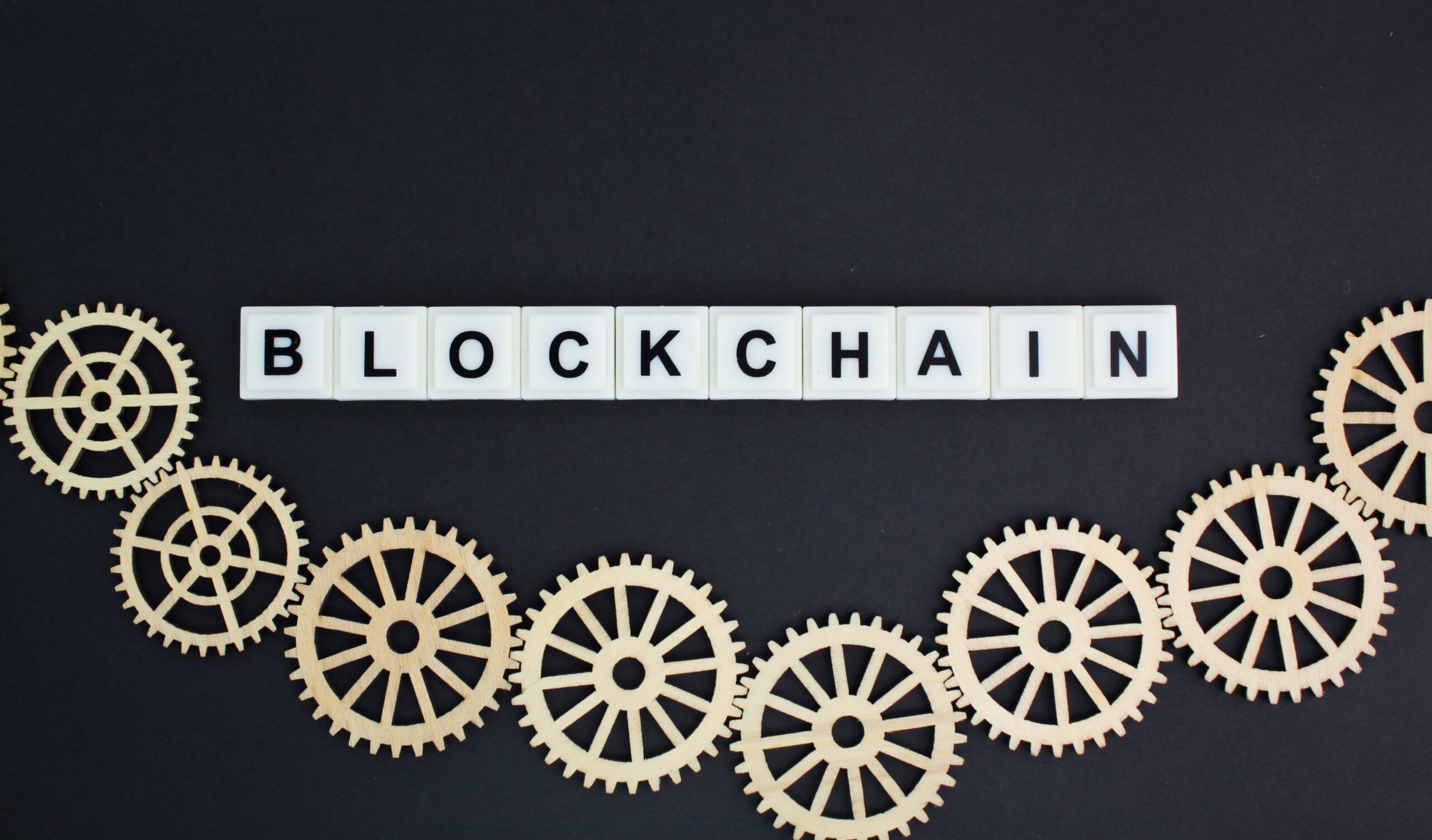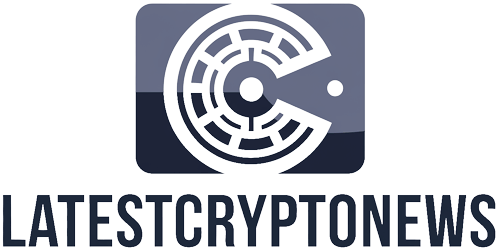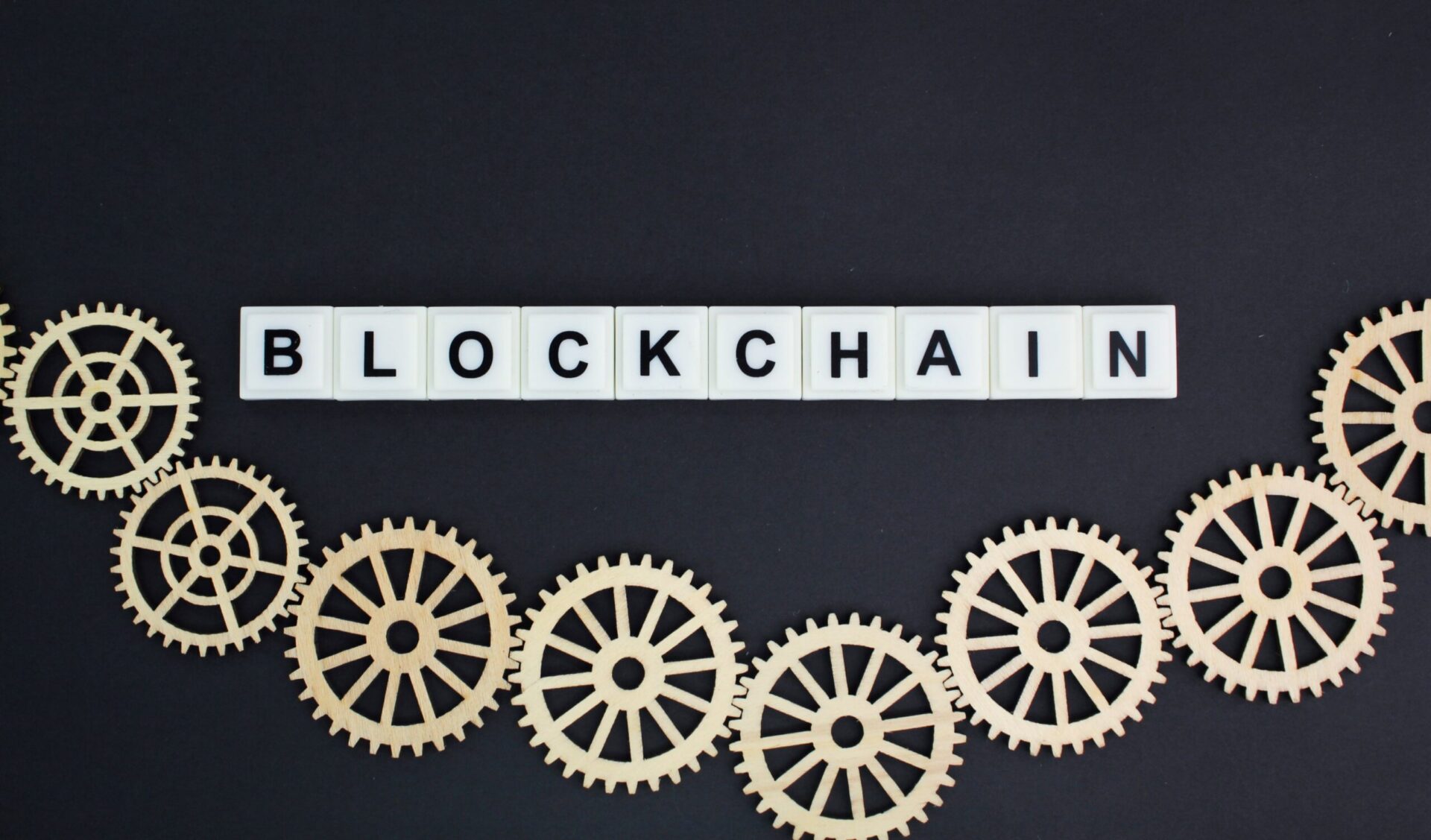The blockchain world is divided into two camps: centralized and decentralized. Both types of networks have their strengths and weaknesses, but choosing between them is not always easy.
Which is better, speed and control or security and independence? To understand, we need to examine how each model works and when it is stronger.
Control vs. Distribution
Centralized systems are blockchains managed by a single organization. These solutions are typically faster, easier to use, and fit well into the regulatory environment.
Decentralized platforms, on the other hand, are built around the idea of distributed control, where no single center can change the rules of the game. This is where DAO, DeFi and most projects professing crypto-anarchism come from.
But how critical are these differences in practice? And can the best of both approaches be combined?
Centralized Blockchain
Centralized blockchain systems are much like classic web platforms, but with the addition of cryptographic security and data immutability. This approach allows for rapid deployment of updates, control over the user interface, and customization of the platform to meet regulatory requirements. It’s no coincidence that most major crypto exchanges (Binance, Coinbase, Kraken) are centralized. Their interfaces are simple, commissions are clear, and customer support is quite realistic.
However, such control has a downside. The centralized server is a point of failure. A failure in the system can affect all users, and the consequences can be massive in case of hacking or data leakage.
Why do users choose centralized exchanges? It’s simple:
- High liquidity;
- Fiat gateways;
- Availability of technical support;
- Fast transactions and a familiar interface.
But there is a nuance: on CEX, you do not own private keys. That means you don’t have direct control over your assets. And if the exchange closes or is blocked, your money may disappear with it.
Decentralized Blockchain
In a decentralized system, no single participant controls the entire network. Instead, multiple nodes verify transactions and ensure consensus. Examples. Uniswap, Aave, dYdX, Arbitrum, and dozens of other protocols operate without a centralized support team.
The advantages are obvious:
- Security through distribution, no single point of vulnerability;
- Users store their own funds and keys;
- Availability without the need to trust a third party;
- Censorship is impossible in principle, no one can stop a transaction.
The cons? There are plenty of those, too. For a novice, interacting with DEX can seem complicated. And commissions in networks like Ethereum can reach tens of dollars during periods of congestion.
Interacting with decentralized exchanges is quite different: the connection is made directly through the wallet, token exchange takes place without registration, and the platform itself cannot freeze the user’s assets. In addition, there is no need to undergo identity verification.
But there are also difficulties: slippage, fake tokens, bugs in smart contracts, and lack of support. While many people prefer control and privacy, absolute autonomy requires technical literacy.
What About Hybrid Models?
The market quickly realized that the world is not strictly divided into black and white. Hybrid solutions emerged from centralized projects with decentralized elements. For example:
- Binance Smart Chain is controlled by Binance, but supports smart contracts and DeFi protocols.
- Polygon Layer-2 for Ethereum with high speed but with some compromises on decentralization.
CeDeFi platforms combine CEX interfaces with DeFi architecture.
Such models offer a compromise: decentralization where it is needed and centralized management where it makes life easier.
When Should You Choose a Centralized Blockchain?
Centralized solutions are particularly good in these scenarios:
- You need simplicity for mass users;
- You need fast scalability;
- You need to comply with regulatory requirements (e.g., in the banking sector);
- You are building a service with high responsiveness and control over UX.
Now let’s move on to practical examples.
Who wins in real-world cases?
Decentralization especially wins where transparency and trust, user autonomy, impossibility of censorship, and community participation in management are important, as implemented, for example, in DAO or NFT platforms.
- Banking systems use centralized blockchains to verify customers and record transactions.
- DeFi platforms rely entirely on decentralization so that traditional financial barriers can be bypassed.
- Digital IDs are effective on centralized systems, but there is growing interest in decentralized IDs (e.g., DIDs).
- Supply chains are actively using blockchain to track products in both centralized and hybrid forms.
Which to Choose?
Centralized blockchain = control, speed, convenience.
Decentralized blockchain = freedom, security, independence.
If you’re launching an app for a general audience and you care about compliance with the law, a centralized option may make sense. But if your goal is to build trust, decentralized governance, or a DeFi product, you can’t do without decentralization.
Or maybe you should opt for a hybrid so you don’t have to sacrifice any of the benefits?


